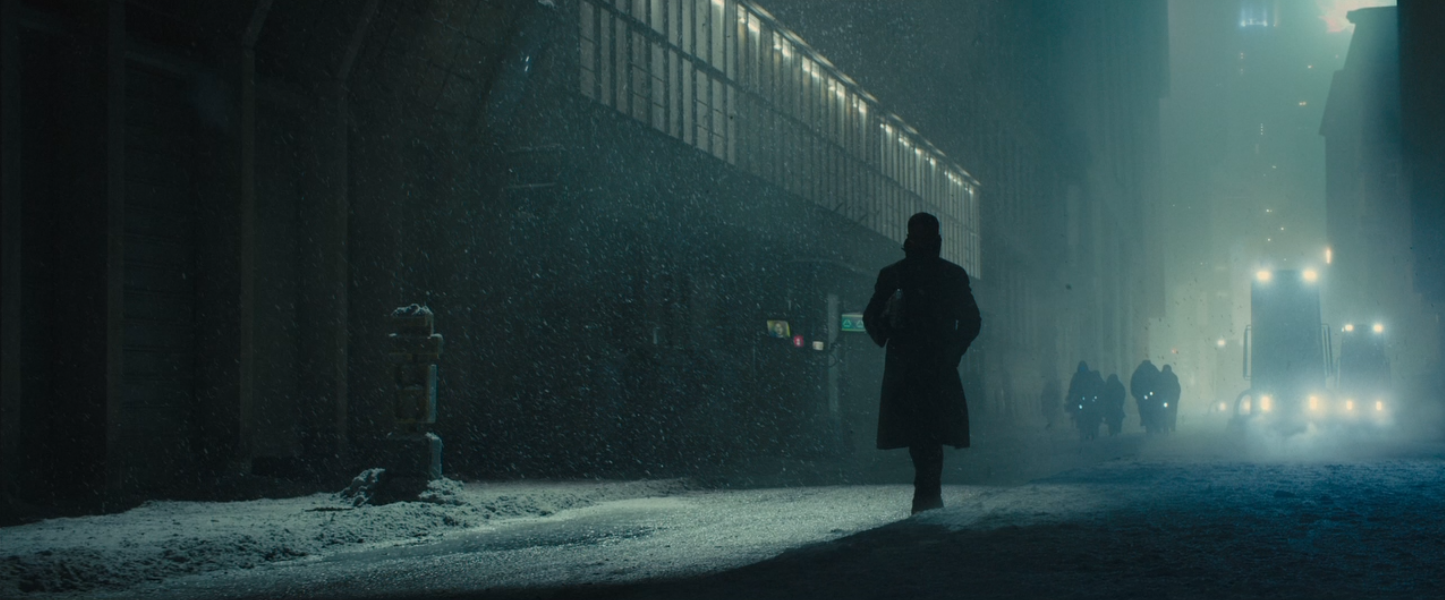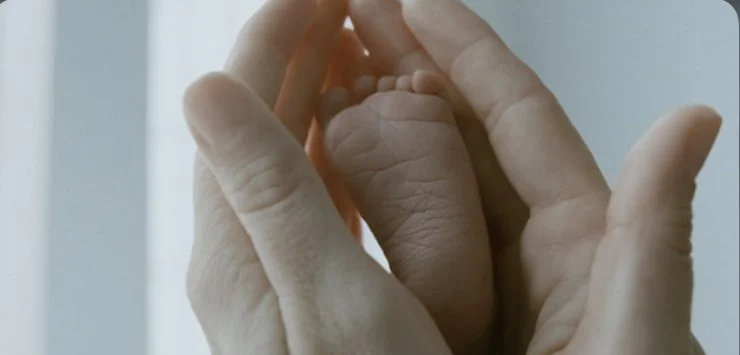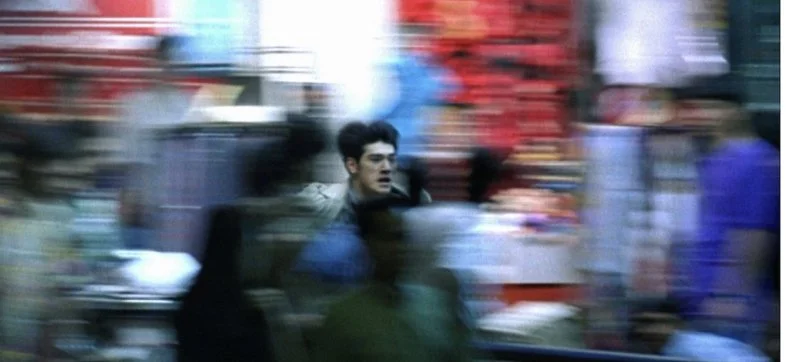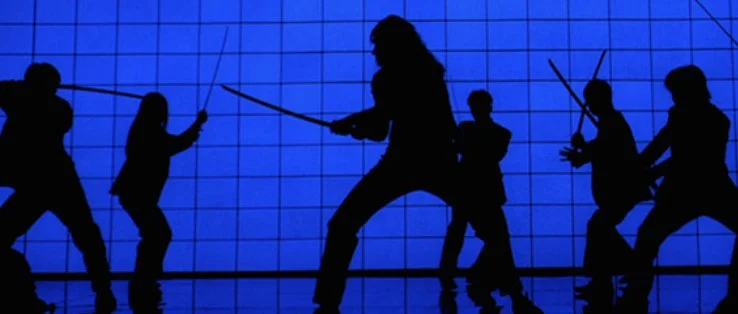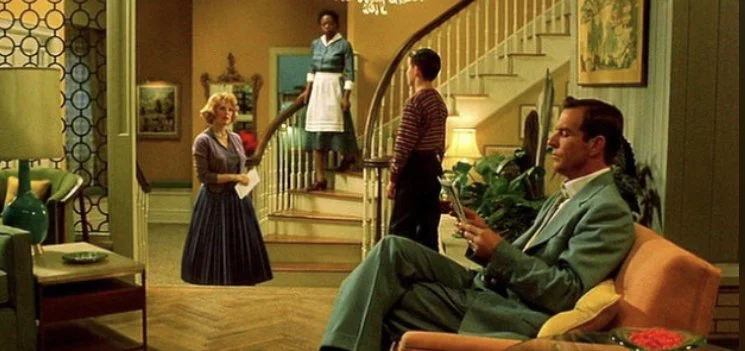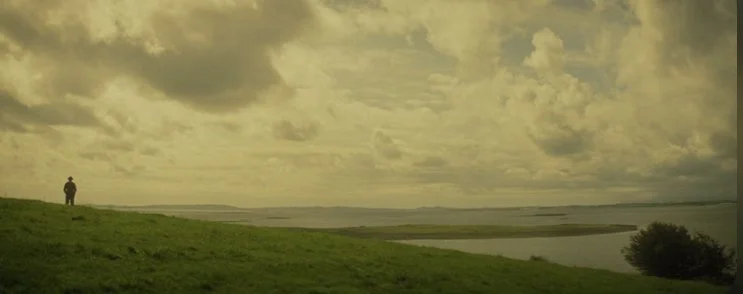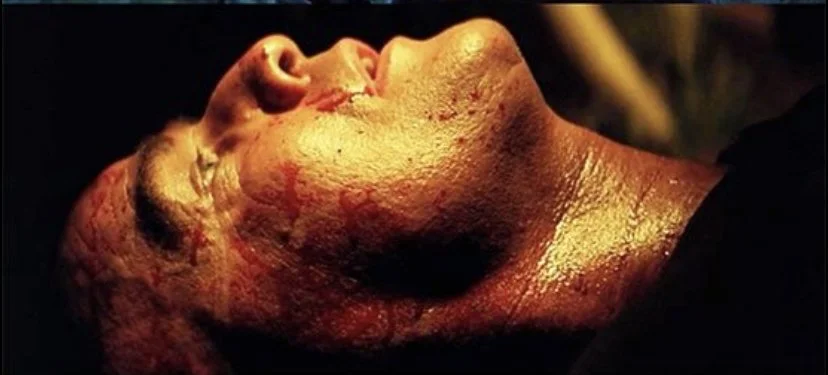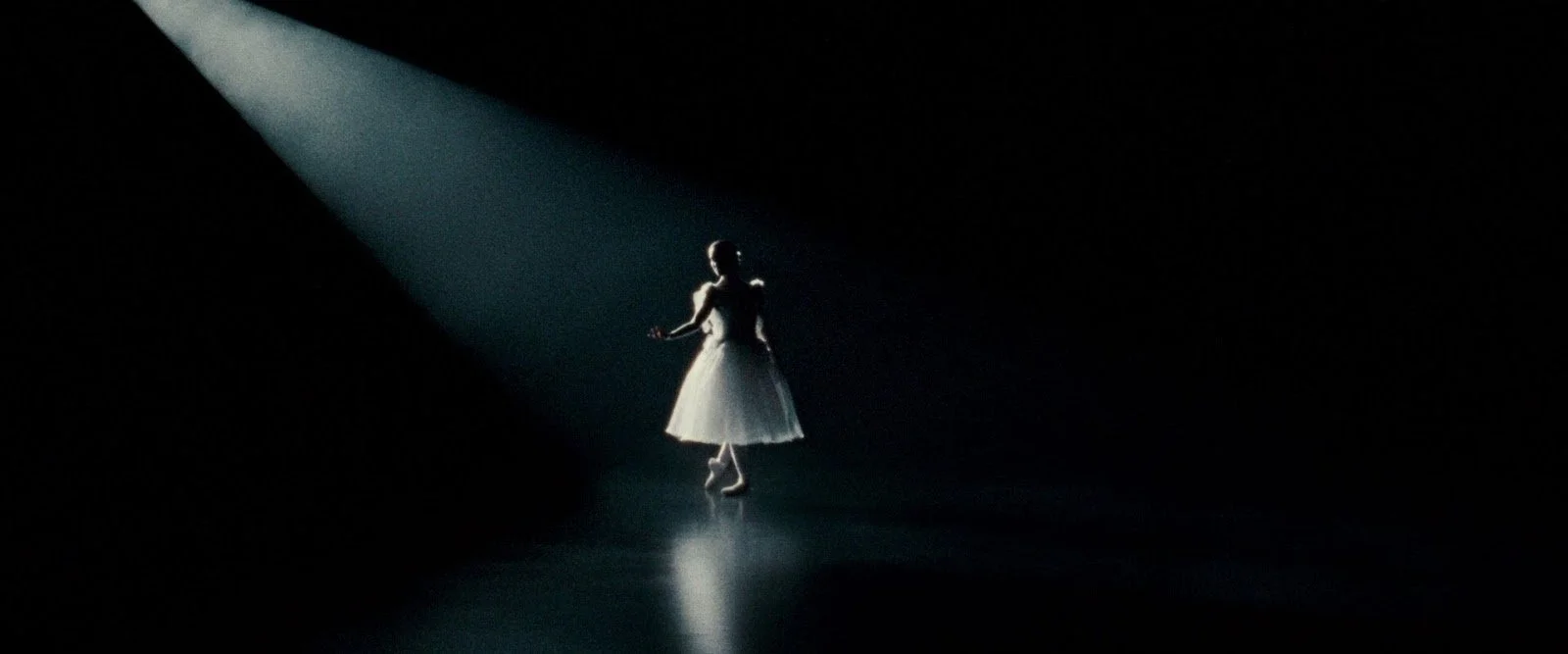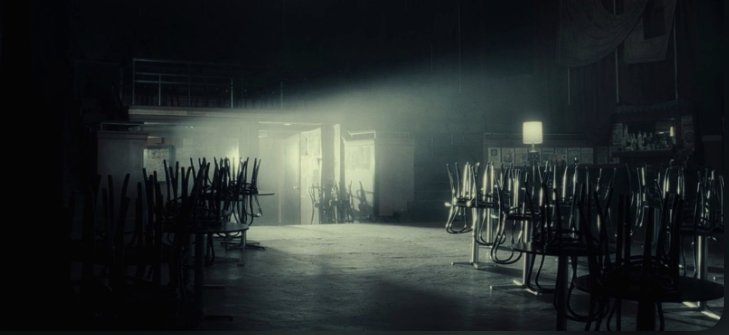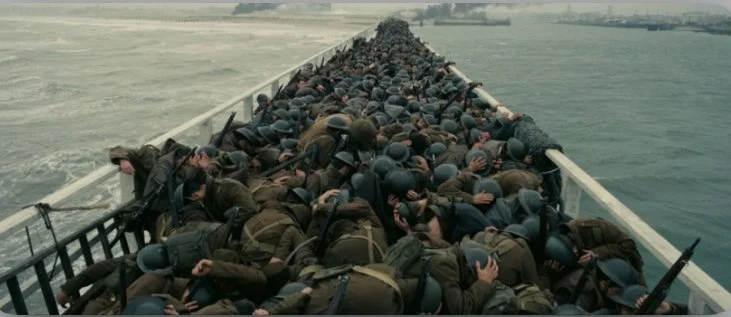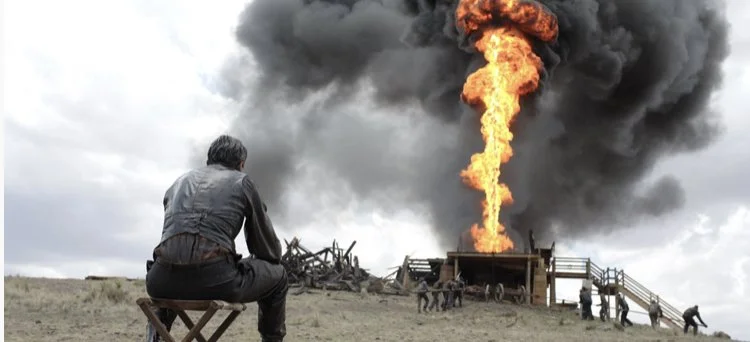This is truly the age of the cinematographer. Never before in film history has a flock of film fans bought a ticket to a movie solely for the DP attached to a film. Truly great cinematographers are able to not only assist in a director’s artistic vision but also incorporate their own unique style in the composition of the finished product. A talented cinematographer can bring emotion, style mood and tone; contextualizing, with their technical knowledge, an artful statement.
These are the 12 best working today.
1. Emmanuel Lubezki
He’s been nominated 10 times for an Academy Award for Best Cinematography and then became the first person to win it three consecutive times — his Oscar-winning work in “Gravity”, “Birdman” and “The Revenant” isn’t even his best. His style has become groundbreaking and copied in an infinite number of modern-day movies. His use of natural lighting in “Tree of Life” is an all-timer, as were his long, unedited long takes in “Children of Men.”
2. Roger Deakins
The #1 and #2 spots can be interchangeable, and Roger Deakins could easily top this list depending on my mood. What makes him so great? He’s less showy than Lubezki, opting to go instead for balances between light and darkness. He can build tension using shadows and manipulated light. Deakins is a mood-setter, always opting for natural and practical lighting, and, best of all, innovative color palettes.
3. Christopher Doyle
Doyle made his mark as Wong Kar-Wai’s visual magician in such films as “In the Mood For Love” and “Chungking Express.” Wong just hasn’t been the same since they had a fallout and Doyle decided to stop working with him. In a way, the critical success of their ‘90s and ‘00s films was very much due in part to the iconic cinematography. Regardless, Doyle’s photography is uniquely his — the visual blurs and slow motion to create surreal dreamy atmospheres have been copied to death by now.
4. Robert Richardson
Richardson is a very instinctual artist. His high-back-light signature creates images that are colorfully bold and stark in their precision. He also loves maximal exposure in his visuals — there’s almost a movie-movie quality to his work, substituting realism for cinematic absolution. His work with Martin Scorsese (The Aviator, Casino) and Quentin Tarantino (Once Upon A Time in Hollywood, Kill Bill) has made him one of the most sought-out cinematographers in the game.
5. Edward Lachman
Lachman knows how to recreate the cinema and visual language of different eras (check out “Carol”). Here’s an artist who loves looking back on old-school techniques to create these dreamy, surreal states. Lachman’s antiquated cinematographic techniques in “Far From Heaven” we’re so meticulous in detail that only a true student of the craft could pull it off. His use of color, along with his penchant for classical compositions, makes his films stunning to look at.
6. Darius Khondji
Darius Khondji loves to shoot faces without shadow. Using anamorphic lenses, the Iranian-born artist captures darkness, but with hints of beautifully subdued light. He’s best known for his color-noir effect, using various techniques to enhance mood and tone in a film. Khondji’s imacculate style stems from a bleaching system he’s developed and honed over the years; resulting in bleak, and vivid tones that, at times, feel like you’re watching a graphic novel unfold on-screen.
7. Rodrigo Prieto
The master of the “bounce” — which brings up exposure levels, but without overtly jarring shadow. Prieto uses high-speed film via handheld camera, and steadicam rigs. He doesn’t necessarily have an all-encompassing style, jumping from the excess lighting on “Wolf of Wall Street” to the more restrained starkness of “Brokeback Mountain,” but he’s the most sought-out DP in the game having worked with Scorsese, Iñárritu, and Almodovar.
8 Vittorio Storaro
One of the 10 greatest cinematographers of all-time, here’s a legend who continues to work in his twilight years by using an iconic eye for light and color. Storaro is all about light emitting emotion resulting in the most decadent of images. Bernardo Bertolucci’s “The Confirmist,” and Francis Ford Coppola’s “Apocalypse Now” are well known as one of the greatest photographed films of all-time thanks to Storaro. His photography has been the highlight of the last few Woody Allen films.
9. Matthew Libatique
Libatique is best known for being Darren Aronofsky’s long-standing cinematographer. They have made Requiem For A Dream and The Fountain together. Libatique likes to shoot with a lot of floor space, to allow the actors room for more movement. He creates a mood that matches the scenes and the story, by manipulating light and the type of camera he shoots with. Filming with Fuji Vivid on super 16mm allowed Libatique to capture the grain in Black Swan: claustrophobic eye, disorientating camera movements.
10. Bruno Delbonnel
If you want a dream-like atmosphere then hire Bruno Delbonnel. The man loves his softly-lit frames. Manipulating soft light and color, Delbonnel, uses a velvety contrast to emphasize his photography and colours on the characters rather than the darker shot background. His work in “Amelie” is one of the great achievements of the art form, and not too far behind is his stunning work in the Coens’ “Inside Llewyn Davis.”
11. Hoyte Van Hoytema
Hoyte van Hoytema works both the epic and the intimate, placing light sources outside the primary setting and downplaying the light’s importance. There’s subtlety to his colours and lack of overexposure. The colours are muted, but gorgeous.
12. Robert Elswit
One has to acknowledge Robert Elswit’s staggering body of The California native earned an Oscar nomimation for his sumptuous black and white in George Clooney’s “Good Night and Good Luck.” However, his piece-de-resistance will forever be Paul Thomas Anderson’s “There Will Be Blood.” Using desert daylight, via 35mm film, Elswit created a visionary landscape of hell, fire and brimstone.






